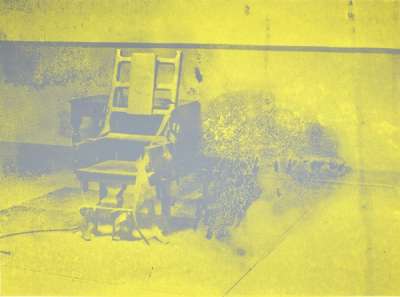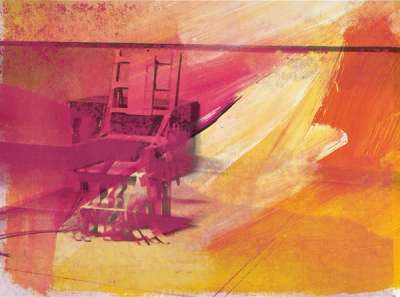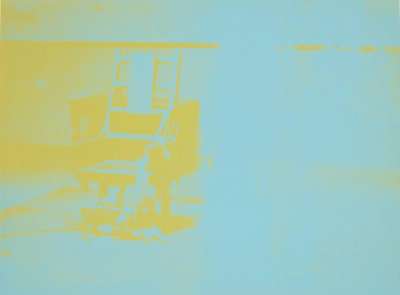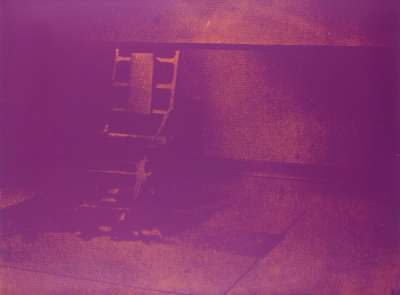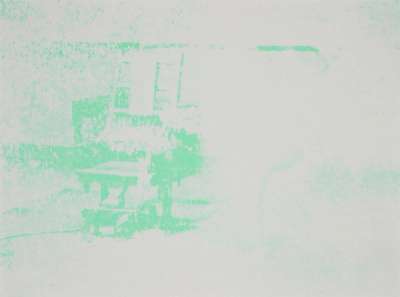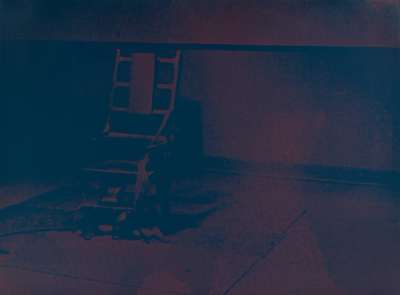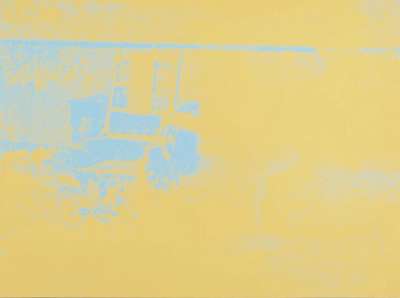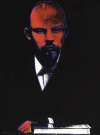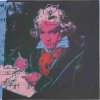Electric
Chair
Andy Warhol began these prints in 1963 as part of his Death and Disaster series. Prompted by the landmark final execution at Sing Sing facility, New York, Warhol dwells disturbingly on an electric chair, and the topical issue of capital punishment in the USA.
Andy Warhol Electric Chair For sale
Electric Chair Value (5 Years)
Works from the Electric Chair series by Andy Warhol have a strong market value presence, with 264 auction appearances. Top performing works have achieved standout auction results, with peak hammer prices of £317308. Over the past 12 months, average values across the series have ranged from £4000 to £18000. The series shows an average annual growth rate of 0.08%.
Electric Chair Market value
Auction Results
| Artwork | Auction Date | Auction House | Return to Seller | Hammer Price | Buyer Paid |
|---|---|---|---|---|---|
 Electric Chair (F. & S. II.77) Andy Warhol Signed Print | 25 Nov 2025 | Bonhams New York | £7,225 | £8,500 | £10,500 |
 Electric Chair (F. & S. II.80) Andy Warhol Signed Print | 13 Nov 2025 | Swann Galleries | £4,675 | £5,500 | £7,000 |
 Electric Chair (F. & S. II.76) Andy Warhol Signed Print | 15 Oct 2025 | Rago | £5,525 | £6,500 | £9,000 |
 Electric Chair (F. & S. II.74) Andy Warhol Signed Print | 24 Sept 2025 | Sotheby's London | £6,375 | £7,500 | £10,000 |
 Electric Chair (F. & S. II.78) Andy Warhol Signed Print | 24 Sept 2025 | Sotheby's London | £5,525 | £6,500 | £9,000 |
 Electric Chair (F. & S. II.79) Andy Warhol Signed Print | 5 Jun 2025 | Dorotheum, Vienna | £5,525 | £6,500 | £9,000 |
 Electric Chair (F. & S. II.82) Andy Warhol Signed Print | 24 May 2025 | SBI Art Auction | £6,375 | £7,500 | £8,500 |
 Electric Chair (F. & S. II.83) Andy Warhol Signed Print | 12 Feb 2025 | Lama | £6,800 | £8,000 | £11,000 |
Sell Your Art
with Us
with Us
Join Our Network of Collectors. Buy, Sell and Track Demand
Meaning & Analysis
Warhol first used the subject of the electric chair in 1963, the same year as the last executions by electrocution in New York state. The artist had his finger on the pulse of popular culture, documenting the people and events that held significance during his lifetime. As such, Warhol’s work has become a powerful reference point for understanding the shifts in American culture and society.
Warhol’s Electric Chair series forms part of the Death and Disaster series. He began working on this series in the 1960s, focusing on news imagery that sensationalised death and tragedy, from portraits of Marilyn Monroe to pictures of suicides and car accidents. In addition to press material Warhol also used police photographs, taking the original image and repeating it using his signature screen print technique. The resulting works embody fascinating tensions and raise critical questions concerning our position as viewer and voyeur. Warhol draws our attention to the notion of public spectacle by reproducing images that have the power to both repel and enthral.
In 1971, Warhol created a series of ten limited edition screen prints, entitled the Electric Chair series. The artist based the work on the same photograph of an electric chair that that he had used in previous paintings. This was a 1953 press photograph documenting the equipment used in the high profile executions of Julius and Ethel Rosenberg at Sing Sing prison. The Rosenberg’s were accused of supplying top-secret information to the Soviet Union and found guilty of espionage.
